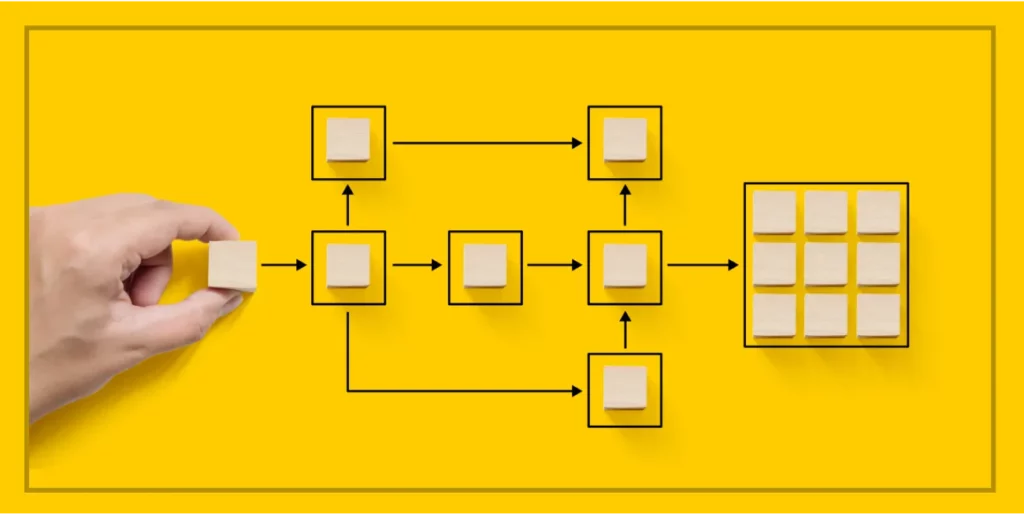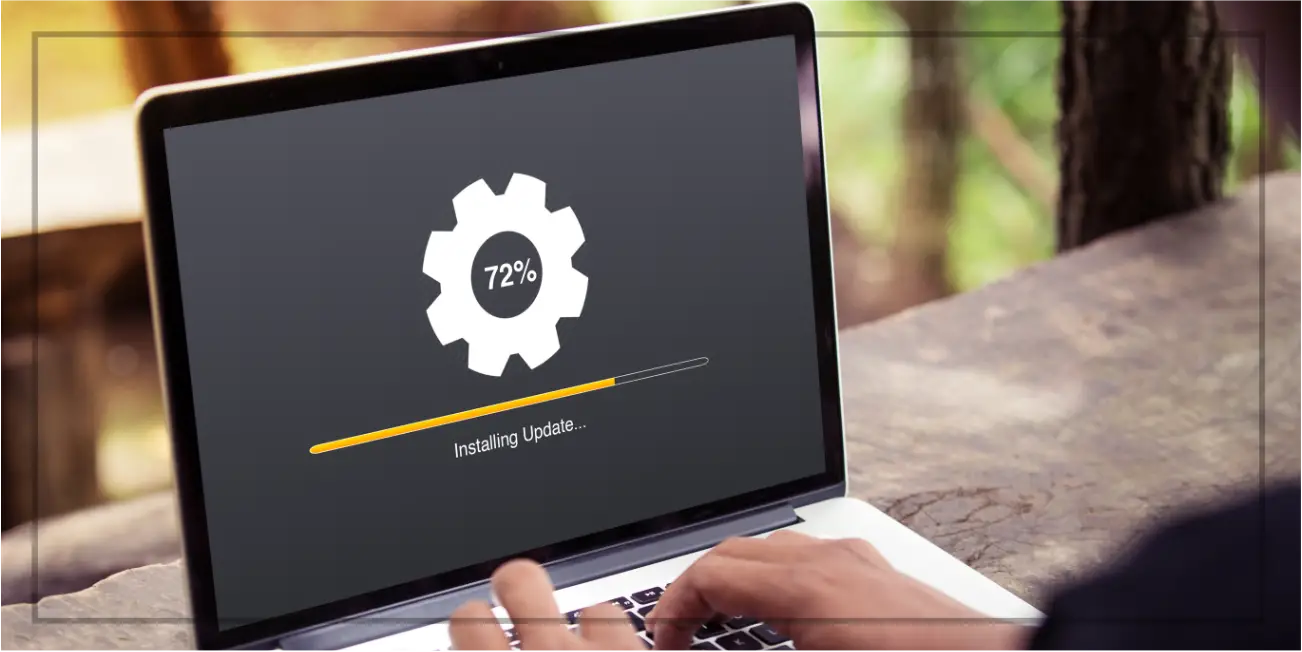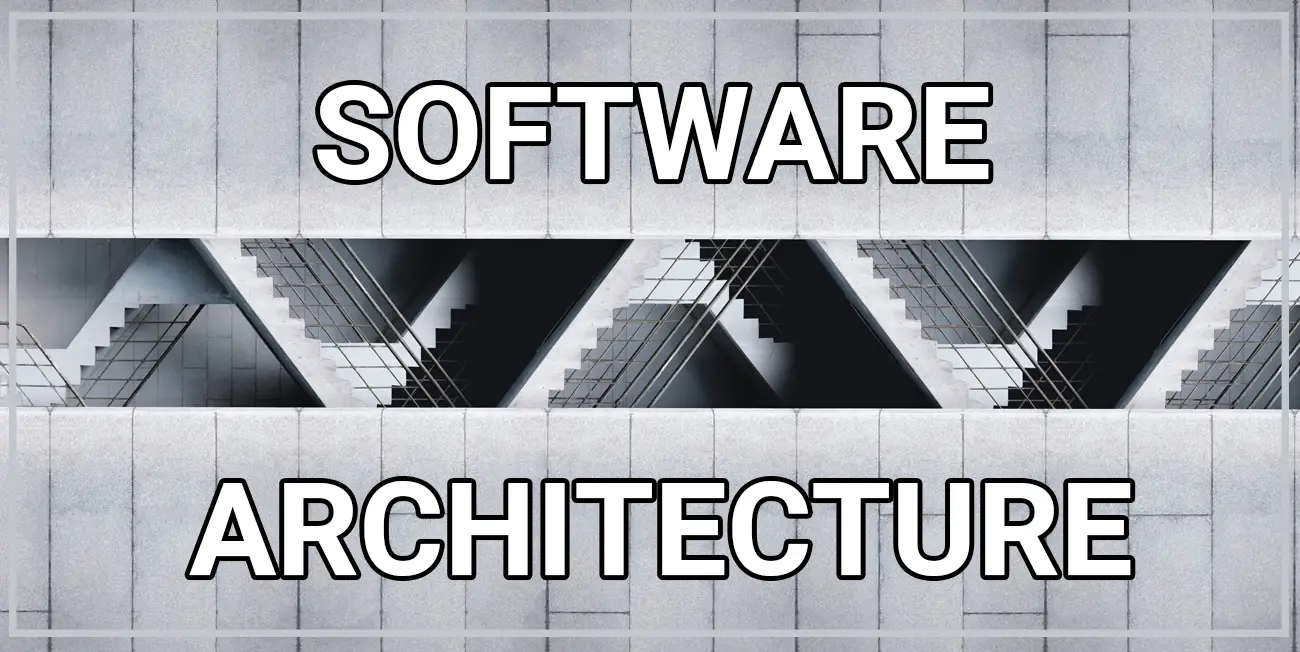Software maintenance is a way to keep up with user needs and keep the developed software product at the highest quality level possible. Developing an application or system consumes a lot of time and money. Therefore, when a product is finally released to the market, it has to be constantly supported by the company or the team that made it.
Software maintenance is a natural element of a process called the Software Development Life Cycle and is at the end of it. If you want your product always to delight users and stand at the highest level, read this article.
Why is software maintenance so important?

Creating an application or system is a complicated and resource-consuming process. After all, it consists of graphic designing, code writing, software engineering, testing, and many more.
So it is understandable that when the software goes live, the owners are very happy after all the development process has ended. Or has it? Well, once your software is live, you will have to make every effort to keep it alive.
You will have to take care to repair any defects in your solution and dynamically upgrade them in accordance with market trends and customer needs. That’s why software maintenance is so important. Most products would collapse a long time ago if it weren’t for it.
Types of software maintenance
Software maintenance has four types – Adaptive / Perfective / Preventive / Corrective. Depending on the needs and type of product, it can only undergo one type of maintenance or all of them. So let’s take a closer look at what they are all about.
Adaptive Software Maintenance

Adaptive maintenance of the software is all about making changes to the existing software so that it can be used in new environments. This usually happens when the product needs to be used on a new platform or with new hardware. It can also be necessary when there are changes in the operating system or third-party components.
Perfective Software Maintenance

Perfective maintenance of the software helps improve the quality of your solution. The main goal is to eliminate errors and make the system more user-friendly. In addition, perfective maintenance can also help add new features or capabilities to your product.
Preventative Software Maintenance

Preventive maintenance of the software is all about making changes to the system to avoid future problems. For example, if you know that a certain component is prone to failures, you can change that component to prevent those failures from occurring.
Corrective Software Maintenance

Corrective maintenance of the software is performed to fix errors that have been discovered in the system. These errors can be caused by defects in the code or by changes in the environment in which the system is running.
Process of software maintenance

The software maintenance process may differ according to the type of product and type of maintenance that you choose. However, the most standard maintenance process looks like this:
Identification & Tracing
The first step is to identify the errors in the system. This can be done by analyzing the system logs, running test cases, or simply by users reporting the bugs. Once the errors have been identified, they need to be traced to their source code.
Analysis
After the errors have been traced, it is time for some root cause analysis. This will help you understand why the errors are occurring and what needs to be done to fix them. After the root cause has been ascertained, a plan of action needs to be devised to ensure that the errors are fixed efficiently.
Design

The next step is to design the fix for the errors. This includes devising new algorithms, redesigning data structures, or simply writing new code. Once the design is complete, it must be implemented in the system. This can be done by recompiling the code, redeploying the system, or simply restarting the service.
Implementation
After the design is complete, it must be implemented in the system. This can be done by recompiling the code, redeploying the system, or simply restarting the service.
System Testing

The final step is to test the system to ensure that the fixes are effective. This can be done by running the system through a series of tests or by simply using the system for a period of time to see if the errors reappear.
Acceptance Testing
After the system has been tested, it must be accepted by the customer. This can be done by signing off on the changes or by providing feedback that the system is now working as expected.
Delivery

Finally, the changes must be delivered to the customer. This can be done by sending them a new version of the software or providing them access to the updated system.
Of course, there are many software maintenance processes, and their structure depends strictly on the type of solution and the type of maintenance that you choose.
Cost of software maintenance

The software maintenance cost can be divided into two main categories: direct and indirect costs.
Direct costs
Direct costs are those that are necessary to make the changes to the system. This includes the cost of the resources needed to make the changes, such as developers, testers, and documentation writers. It also includes the cost of any tools that are needed to make the changes, such as compilers and debugging tools. Finally, it includes the cost of any needed materials, such as servers.
Indirect costs
Indirect costs are those that are not directly related to making the changes to the system. This includes the cost of training users on the new system, the cost of printing new documentation, and the cost of support services. It also includes the cost of lost productivity due to the changes.
The total cost of ownership is the sum of the direct and indirect costs. It measures the true cost of owning and using a software system.
Conclusion
Software maintenance is a necessary part of owning a software system. It should not be overlooked, as well-maintained software is successful software. We hope our article allowed you to understand better software maintenance types, software maintenance costs, and why it is so important in the entire software process cycle.



